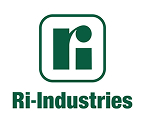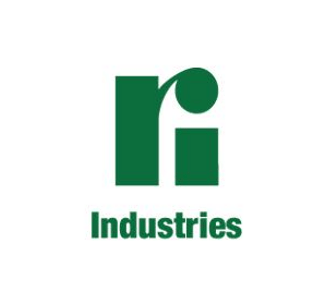You may think of mosquitoes simply as a nuisance that come with warmer weather, but they can actually be much more than a nuisance – they can be a health risk. Mosquitoes can transmit serious diseases such as malaria, Zika virus, dengue fever and more. They breed in standing water which means your gutters, pipes, and rainwater tanks Adelaide are ideal environments for them. But don’t worry, there are some simple solutions to help keep the mosquitoes at bay and reduce the health risk to you and your family.
- ‘Over the gutter mesh’ can be fitted to the gutters to keep leaves and debris from gathering and pooling water. The holes in the mesh should match the size of the leaves in the area. If gutter mesh is not an option, keep trees well trimmed and clean the gutters on a regular basis.
- Place mosquito-proof screens where the pipe that carries water to the rainwater tank meets the gutter. This will help keep leaves and debris from piling up causing stagnant water.
- Where the pipe meets the tank, install a mosquito-proof, self-closing flap valve.
- Use mosquito-proof mesh on the inlets and overflow on the tank. Sealing the overflow can reduce the incidence of mosquitoes by two-thirds—even if the inlet is poorly sealed.
- Check and clean the first flush device of your rainwater collection system every three months
- Regularly inspect the mesh to ensure it is in good condition and if it’s not, replace it.
- Divert overflow water to a covered drain. When the overflow drains to a grassy area, the water can pool and become a breeding ground for mosquitoes.
Taking the above precautions should help to reduce mosquitoes, but what happens if they do manage to get into your tank?
You will know that mosquitoes have been breeding if you see larvae wriggling on the surface of the collected water. First, remove and discard the larvae. Then, find where the mosquitoes entered your system and fix the issue. Inspect the tank, mesh, pipe, and gutters.
Ri-Industries concrete rainwater tanks are made from high frequency vibrated reinforced concrete using the highest quality of materials. Steel mesh is cast into the rainwater tanks and lids, and all fittings are made from brass – to give additional peace of mind. Please call our office, 8444 8100, to learn more about our rainwater tanks, delivery, and installation.



